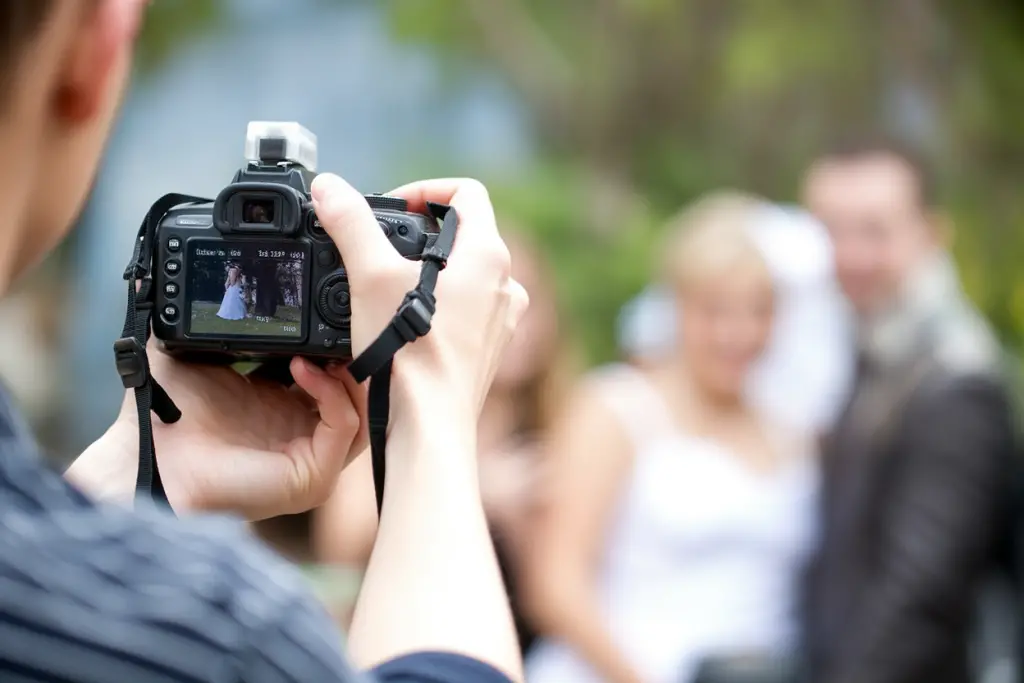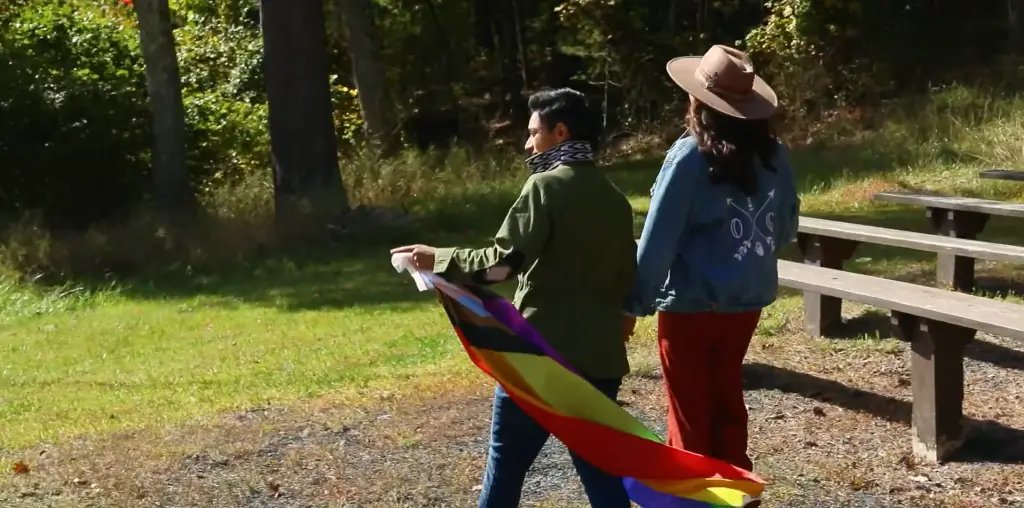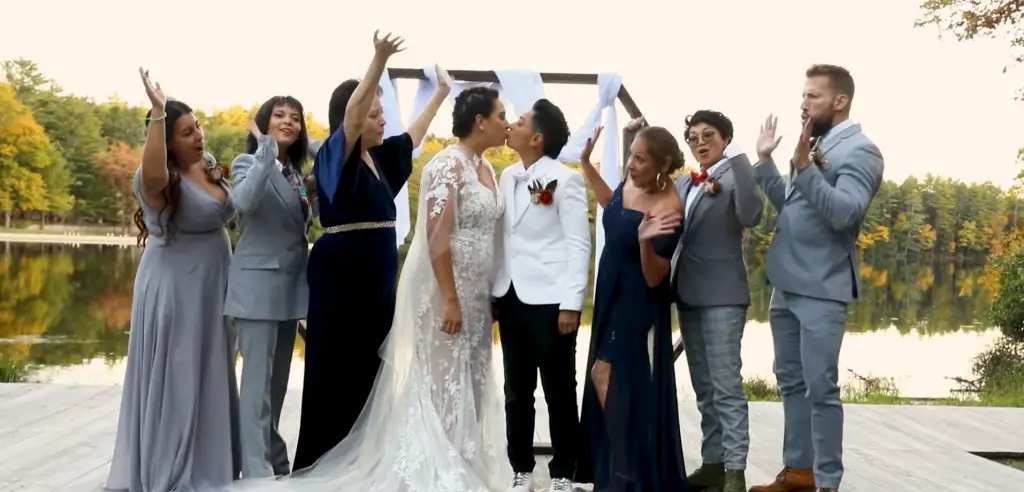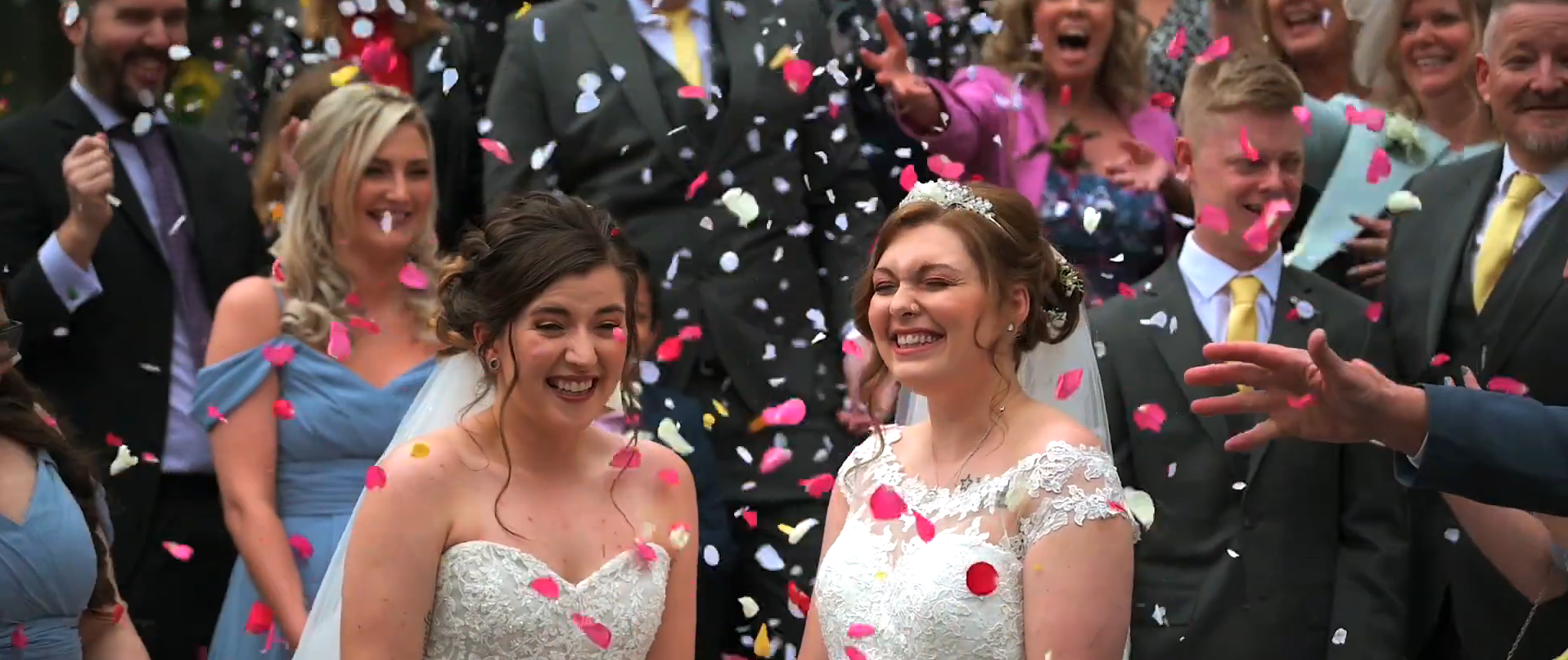Modern couples want celebrations that reflect who they are—across race, gender, sexuality, body type, culture, and ability—and they expect the professionals they hire to embrace that vision.
The result is a sweeping shift in the wedding industry: vendors who once followed rigid traditions are rewriting their playbooks to deliver ceremonies and receptions where every guest feels welcome and every couple feels seen.
From Niche Request to Industry Standard
Millennial and Gen Z partners have grown up amid marriage‑equality victories and social‑justice movements, so it is unsurprising that nearly half now seek at least one vendor from a historically under‑represented group, according to a planning platform.
What began as “special‑request” bookings for LGBTQ+ or culturally specific services is evolving into baseline expectations.
Thailand is currently hosting a parade to congratulate newly wed LGBTQ+ couples who registered their marriage today 🌈 pic.twitter.com/B4PhqoyfBu
— yammi (@sighyam) January 23, 2025
Planners, photographers, caterers, florists, and venues that fail to demonstrate inclusive practices risk being passed over in favor of peers who do.
Planners and Officiants Lead the Way
Because planners and officiants shape the entire flow of the day, many have become champions of inclusive language and ritual.
New York‑based firm Modern Rebel explicitly markets “love parties” instead of “weddings,” replacing bride‑and‑groom assumptions with terms like “partners.”
They coach couples on neutral ceremony scripts, suggest alternative procession orders, and coordinate dual traditions—say, blending a Filipino coin ceremony with a Jewish breaking of the glass.
Officiants versed in multiple faiths or secular humanism likewise tailor vows so nonbinary partners, interfaith families, and polyamorous unions can honor their identities without compromise.
Photography and Media Representation
Imagery tells couples whether a vendor is truly welcoming. Seasoned photographers now front‑load their websites with diverse galleries featuring same‑sex, interracial, plus‑size, and disabled couples.
Luke and Aneisa Calder of Calder Photography advise peers to audit portfolios regularly: “If clients can’t see themselves in your images, they’ll assume you don’t serve them.” Wedding blogs have followed suit.

Publications such as Offbeat Bride spotlight inclusive celebrations year‑round, rejecting token Pride‑month posts in favor of daily representation. This visibility reassures couples that their love stories are worthy of beautiful documentation.
Fashion for Every Body and Identity
The bridal atelier is another arena of rapid change. Mass‑market retailers once stocked sample gowns in just two or three straight sizes, forcing most clients into expensive alterations or disappointment.
Forward‑thinking brands such as Azazie and private dressmakers now offer made‑to‑measure attire up to size 30—and beyond—at no extra fee.
Designers who previously specialized in womenswear are unveiling tuxedo‑inspired gowns and flowing jumpsuits for masculine‑presenting brides, while bespoke tailors craft velvet dinner jackets and embroidered sherwanis for grooms outside the slim‑fit mold.
Stylists trained in trans and nonbinary fittings create safe spaces where pronouns are respected and body dysphoria is minimized, ensuring every client leaves a fitting room feeling confident rather than scrutinized.
Venues Commit to Genuine Welcome
A rainbow decal at the reception desk is no longer enough; couples vet venues for explicit policies.
Many properties now publish diversity statements, gender‑neutral restroom maps, wheelchair‑access details, and anti‑harassment clauses on their booking pages.

Historic estates retrofit ramps and lifts without compromising architectural charm, city lofts widen doorways to accommodate mobility devices, and rural barns install family‑style restrooms for guests who need private caregiving space.
Venue coordinators also undergo pronoun‑usage workshops so staff address guests correctly from check‑in to last call.
Catering Honors Heritage and Dietary Needs
Menus once defaulted to filet‑and‑fish; today’s caterers design spreads as diverse as their client lists.
Companies like Global Gourmet Catering in San Francisco hire consultants to master halal slaughter protocols, gluten‑free cross‑contamination safeguards, and vegan pastry substitutions that satisfy butter‑loving aunts.
Fusion stations—think Korean barbecue tacos alongside Nigerian jollof rice—allow multicultural couples to share family favorites side by side.
Beverage directors source low‑ABV cocktails for sober guests and label every passed canapé with allergen icons so no one feels anxious about taking a bite.
Floral and Decor Storytelling
Florists trained in cultural symbolism weave heritage into every stem. Hawaiian lei ceremonies, Hindu marigold mandaps, and Mexican papel picado backdrops once considered “niche” are now staples in mainstream catalogs.
genuinely in tears abt so many older lesbians and queer couples getting married today, most of them having waited decades for this, some having actively campaigned for equal marriage in thailand for years, we can only imagine what it means to them!! https://t.co/JYkKhEOKjT
— 🧡🤍🩷 (@SAPPHlST) January 23, 2025
Some designers add Disability Pride colors to bouquet ribbons or use locally foraged greenery for eco‑conscious brides.
Rental companies invest in adjustable‑height chuppahs, wider aisles for guide dogs, and textured signage in both large print and Braille.
The aesthetic result is more vibrant and layered—and it ensures personal histories are celebrated rather than flattened into a generic palette.
Training, Contracts, and Continuous Learning
True inclusivity extends beyond the wedding day. Businesses revise intake forms so clients can indicate pronouns, access needs, and cultural observances up front.
Contracts swap “bride and groom” for “client A and client B,” and photo‑release clauses acknowledge that some queer or interfaith couples may require additional privacy.
Certifications or inclusive‑practice workshops from organizations like Equally Wed give vendors ongoing education.
Social‑media audits help root out subconscious bias—showcasing only thin, light‑skinned couples can be as exclusionary as overt slurs.
The Business Case for Representation
Inclusivity is as good for the bottom line as it is for ethics. In the United States, LGBTQ+ weddings alone add an estimated $3 billion to the annual market; couples of color drive billions more.

A planner who can gracefully merge a Nigerian owambe reception with a Catholic Mass expands their client pool exponentially, while venues that accommodate mobility devices tap into a community eager to host barrier‑free events.
Word‑of‑mouth remains powerful: satisfied couples share inclusive vendor lists in Facebook groups and on TikTok, creating referral pipelines that reward genuine commitment over performative marketing.
Toward a Future Where Every Love Story Shines
Weddings mark some of life’s most meaningful milestones. When vendors meet couples with curiosity, respect, and the resources to honor their full identities, they transform ceremonies into authentic celebrations.
The industry’s recent strides—from rewritten contracts and inclusive imagery to accessible dance floors—show how quickly traditions can evolve when clients demand it and professionals listen.
As representation expands and education deepens, one truth becomes clear: a wedding that welcomes everyone is not a trend; it is the new standard for a joyful, thriving business—and a kinder world.

